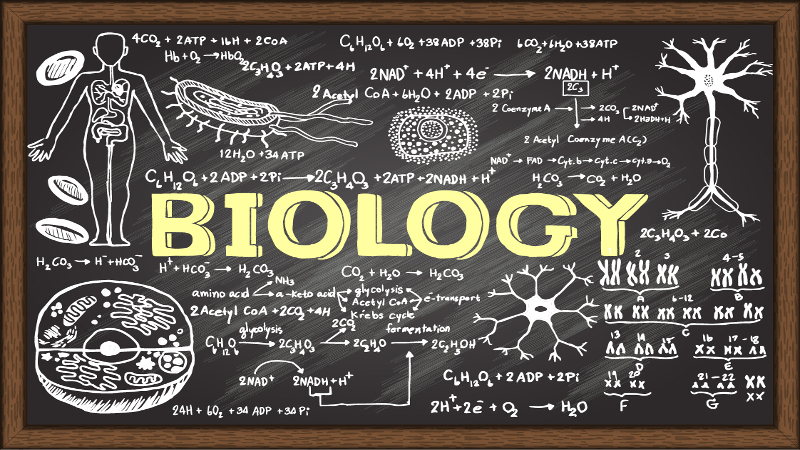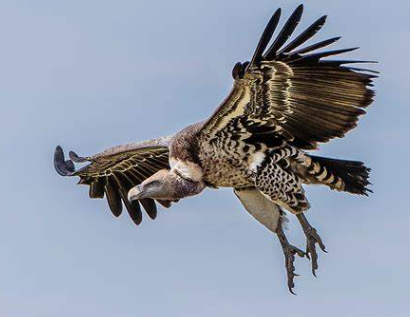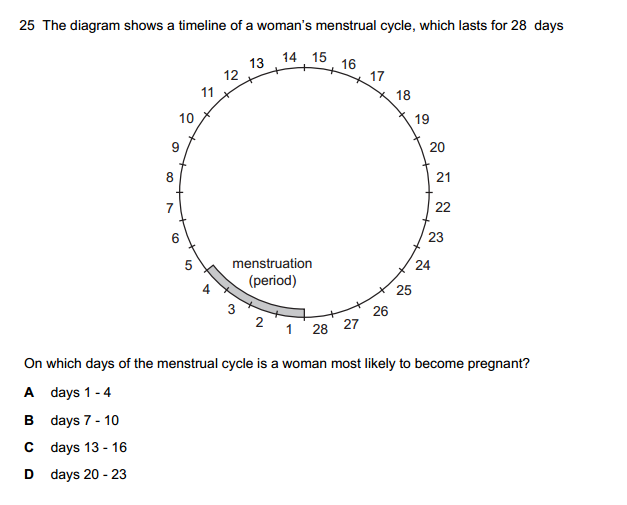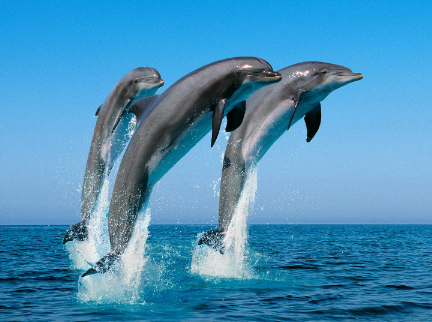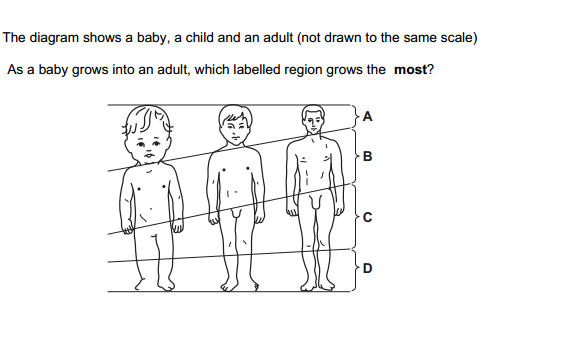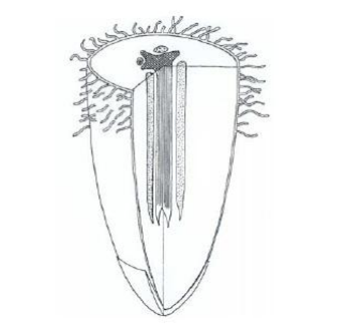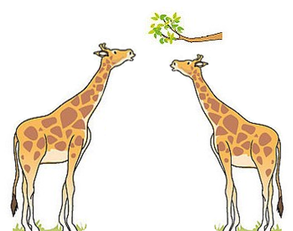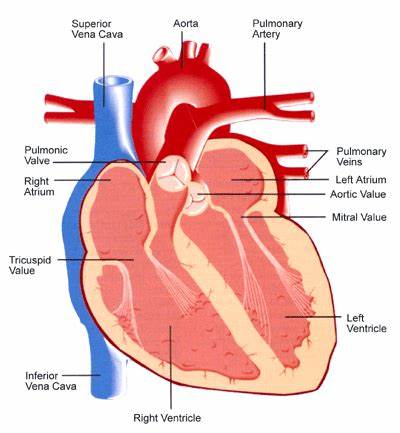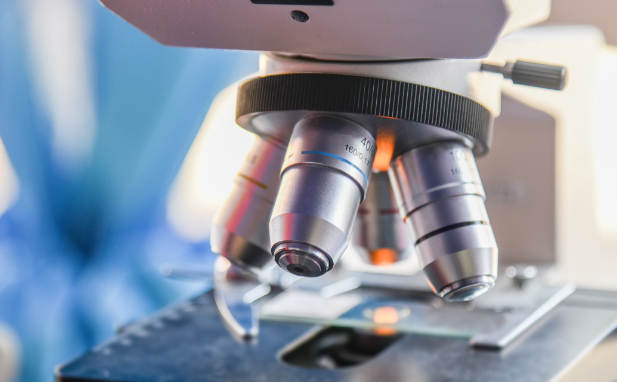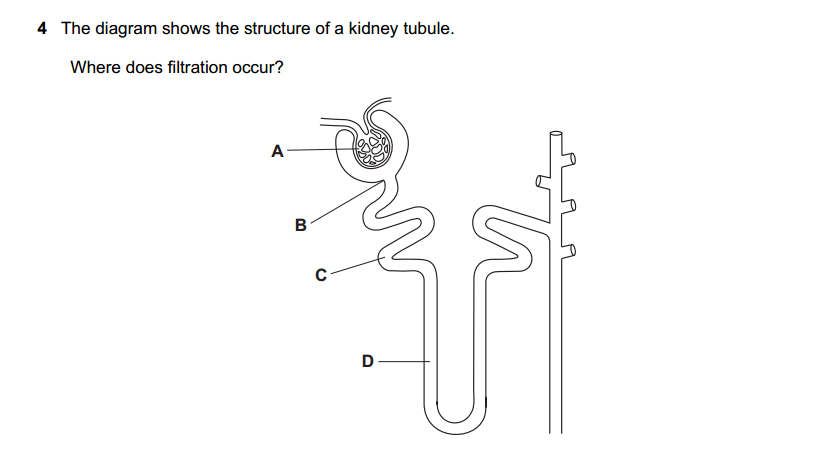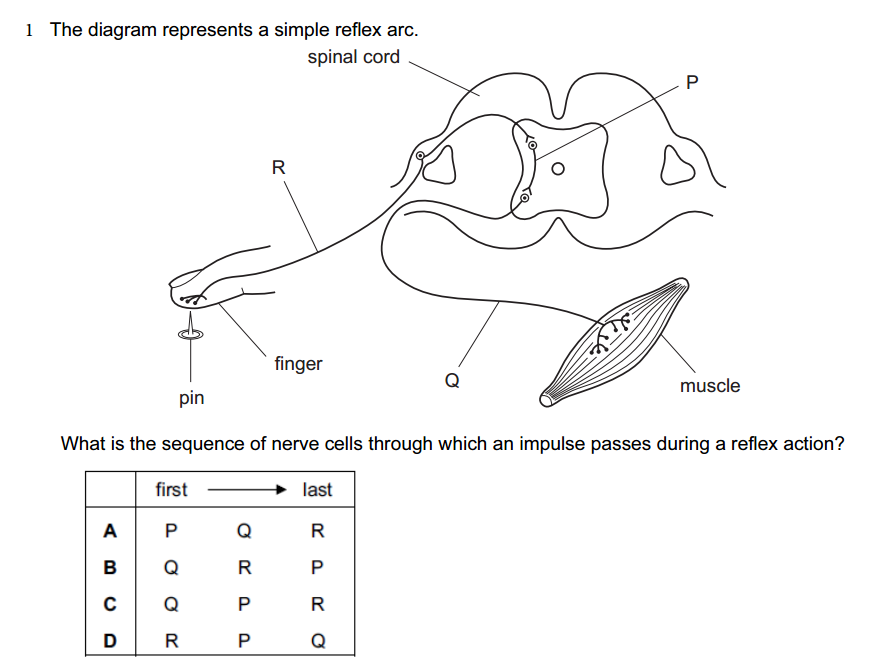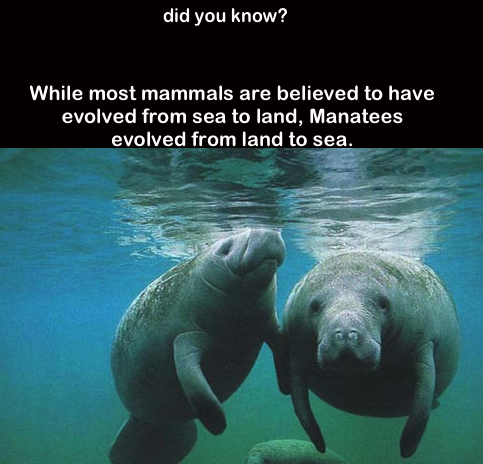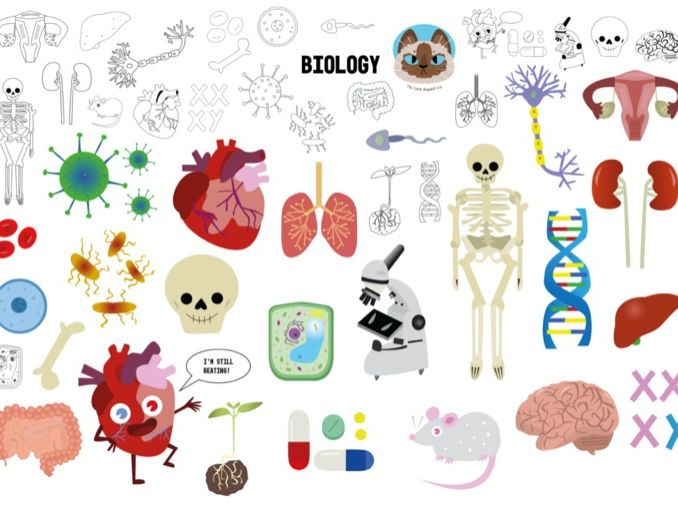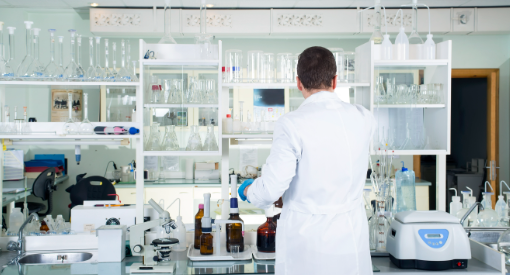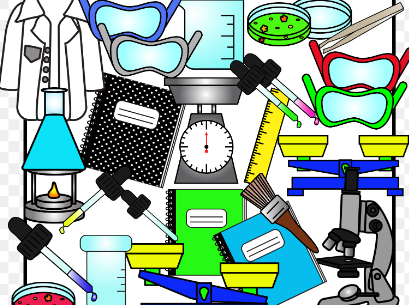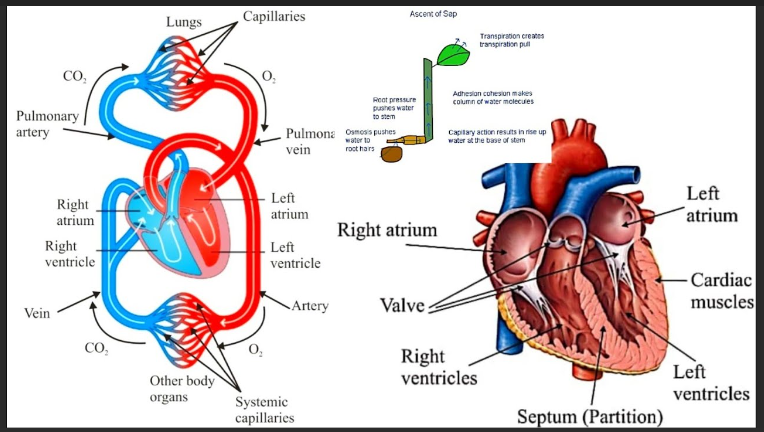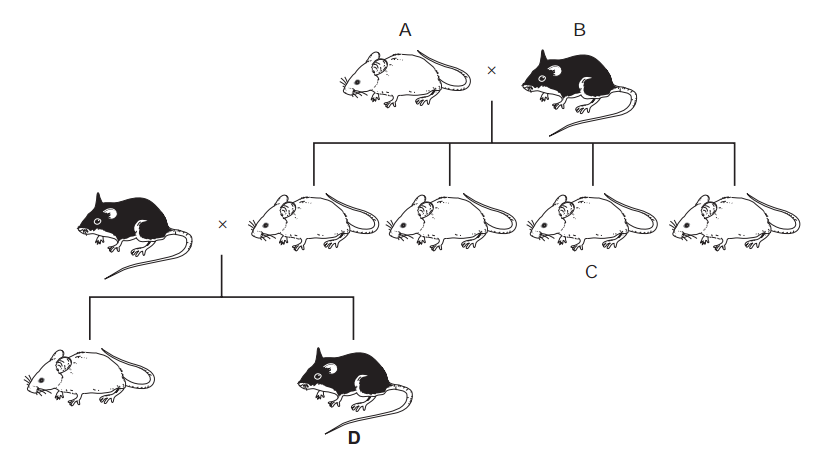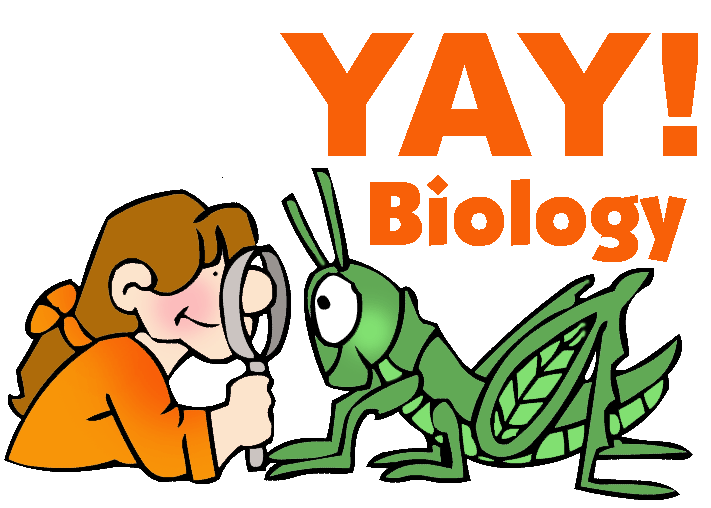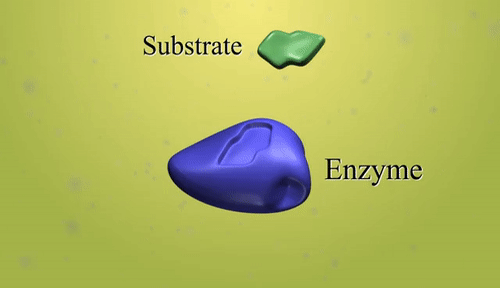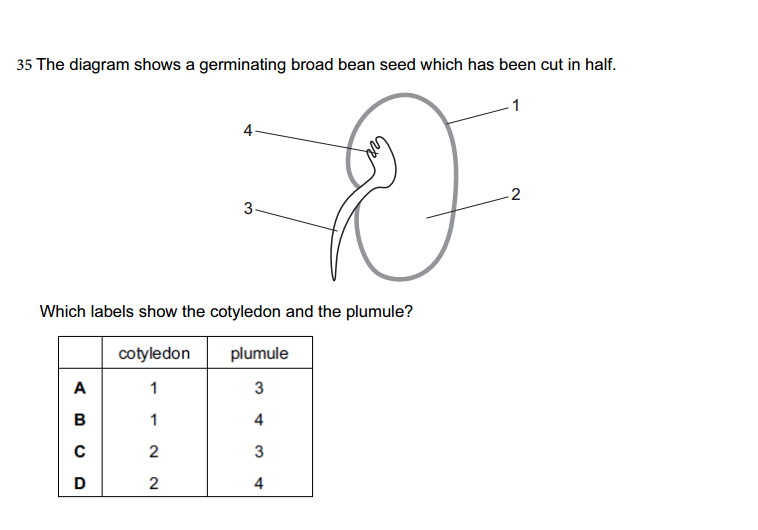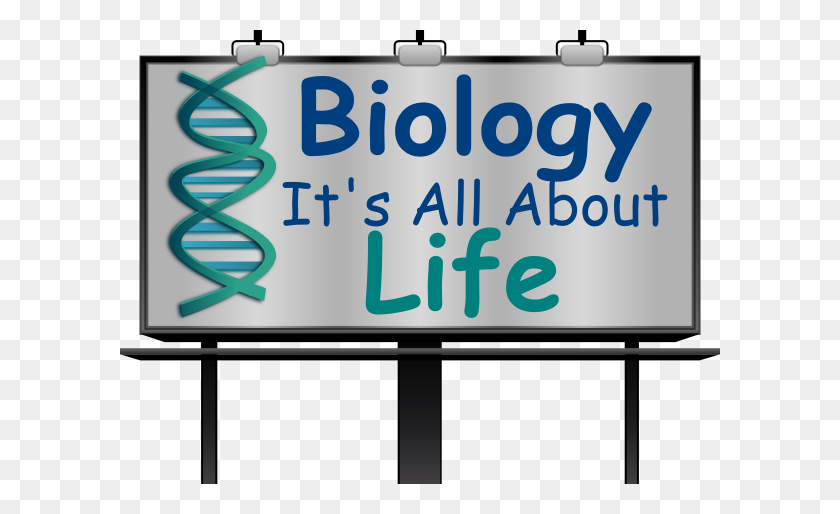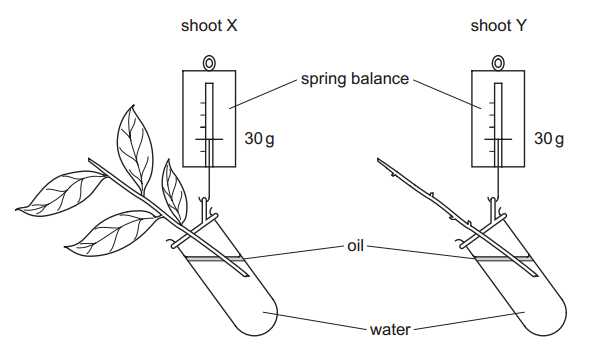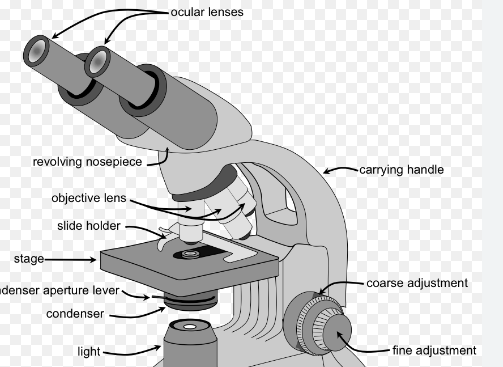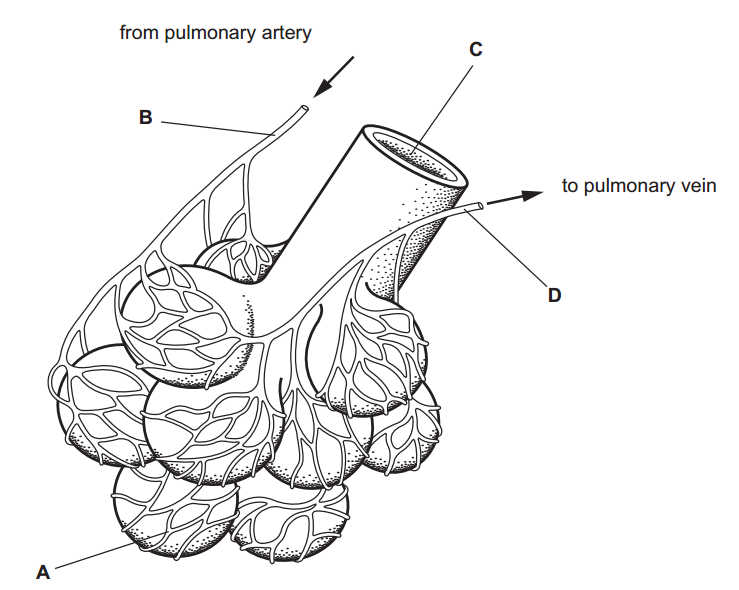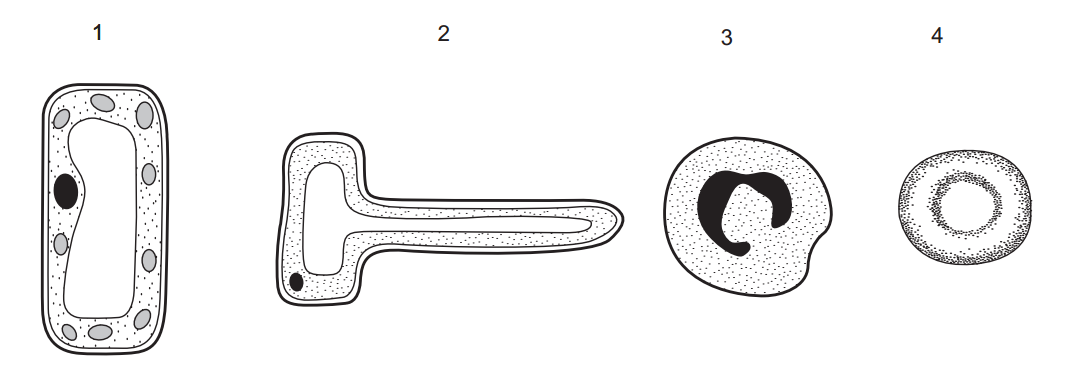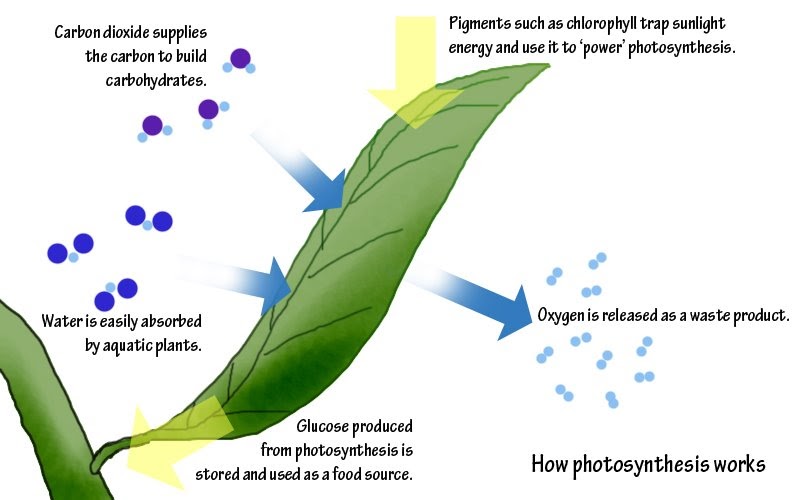Here are 20 objective questions on transport in plants with Answers.
1.Which tissue in plants is responsible for the transport of water and minerals?
a) Phloem
b) Epidermis
c) Xylem
d) Parenchyma
2.What is the main driving force for water movement in plants?
a) Active transport
b) Osmosis
c) Transpiration
d) Photosynthesis
3.Water enters the plant through which structure?
a) Stomata
b) Xylem vessels
c) Phloem tubes
d) Root hairs
4.Which process is responsible for the movement of sugars in plants?
a) Osmosis
b) Transpiration
c) Translocation
d) Respiration
5.Which tissue is responsible for the transport of sugars in plants?
a) Xylem
b) Phloem
c) Epidermis
d) Parenchyma
6.What is the primary source of sugars in plants?
a) Roots
b) Stem
c) Leaves
d) Flowers
7.What is the main force driving the movement of sap in the phloem?
a) Transpiration
b) Active transport
c) Cohesion
d) Osmotic pressure
8.Which type of cells are involved in the transport of water in xylem?
a) Sieve tubes
b) Companion cells
c) Tracheids and vessels
d) Collenchyma cells
9.How are mineral ions transported in plants?
a) Through diffusion
b) Active transport
c) Osmosis
d) Transpiration
10.Which part of the plant is responsible for the absorption of water and minerals?
a) Leaves
b) Flowers
c) Stems
d) Roots
11.What is the role of stomata in transport?
a) Absorption of sunlight
b) Exchange of gases
c) Movement of sugars
d) Water storage
12.What is the function of the casparian strip in roots?
a) Regulating water loss
b) Facilitating gas exchange
c) Preventing backflow of water
d) Assisting in nutrient absorption
13.What is the process by which water vapor is lost through leaf stomata?
a) Osmosis
b) Respiration
c) Transpiration
d) Evaporation
14.What is the term used to describe the loss of water from plant leaves?
a) Photosynthesis
b) Osmosis
c) Transpiration
d) Respiration
15.What is the role of transpiration in the ascent of sap?
a) It creates a positive pressure in the xylem.
b) It pulls water up through the xylem.
c) It helps in the transport of sugars.
d) It regulates the opening and closing of stomata.
16.What is the function of phloem sieve tubes in plants?
a) Transporting water and minerals
b) Conducting photosynthesis
c) Transporting sugars and other organic compounds
d) Providing mechanical support
17.Which of the following is not a factor affecting the rate of transpiration?
a) Temperature
b) Humidity
c) Wind speed
d) Root pressure
18.What is the term for the process of loading sugars into the phloem at the source?
a) Translocation
b) Transpiration
c) Transpiration pull
d) Phloem loading
19.What is the primary function of the root hairs in plants?
a) Absorbing water and nutrients
b) Storing carbohydrates
c) Producing hormones
d) Anchoring the plant in the soil
20.What is the movement of sugars from the phloem to the sink tissues called?
a) Transpiration
b) Translocation
c) Photosynthesis
d) Osmosis
Answers:
- c) Xylem
- c) Transpiration
- d) Root hairs
- c) Translocation
- b) Phloem
- c) Leaves
- d) Osmotic pressure
- c) Tracheids and vessels
- b) Active transport
- d) Roots
- b) Exchange of gases
- c) Preventing backflow of water
- c) Transpiration
- c) Transpiration
- b) It pulls water up through the xylem.
- c) Transporting sugars and other organic compounds
- d) Root pressure
- d) Phloem loading
- a) Absorbing water and nutrients
- b) Translocation


